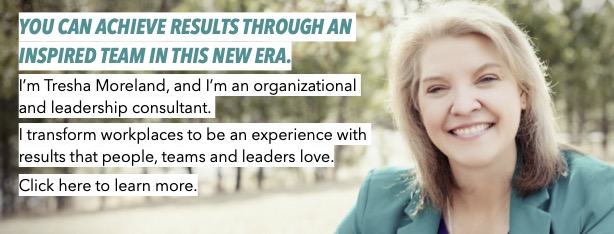Human resources are undergoing a transformation. A lot has been happening in the human resources space. Mostly, as technology is pervading various functions of human resources, it is changing the way human resources operate. Consequentially, we can see the future of work clearer. Remote work, for instance, is becoming a norm. According to Buffer’s State of Remote Work report 2019, 99% of respondents want to work remotely for some part of the year or for the rest of their careers.
Hence, for leaders, it is imperative to recognize such trends and prepare themselves for the future of work.
What’s more, technology, particularly artificial intelligence, is playing a key role in the transformation of various aspects of human resources. Thus, HR leaders are expected to take charge and drive the race toward transformation. In the future, human resource leaders and CHROs will be held accountable for more than they currently are. According to Sage’s Changing face of HR report, 82% of HR leaders predict their roles will be unrecognizable in 10 years. Mostly because technology is altering the way we work.
Here’s how HR pros can prepare for their role
1. Build an AI ethics strategy
AI has been useful in many ways. No wonder over 75 percent of companies is investing in analytics. As per the Sage report, major work will be done by automation and AI in the future. Cognitively demanding tasks like decision making and problem-solving will be performed by AI-powered devices. However, the question of which data should be picked for performing these tasks will be HR’s decision.
Brian Kropp, Vice President of research at Gartner, says, “There'll be more moral and responsible decisions that are going to occur. HR will have a new job in the future of work, in addition to the jobs it already has. And that job will be to be the ethical steward of the company in an AI-enhanced and embraced the world."
2. Build employee skill development strategy
About 73% of CHROs cite employee skill development as a priority in the coming years. As per Sage’s Changing Workforce report. managerial tasks will get automated, so it’s upon HR leaders to recognize and equip employees with relevant skillset. Old age learning practices will not work as much as they did. It is important for HR leaders to understand how technology is influencing the manager’s role. If leaders continue to use the same old learning and development strategies, it will be difficult to build the workforce they need.
3. Build an internal transparency strategy
Today transparency has been paramount in the industry. A candidate’s decision to join a company is based on several factors including compensation and benefits, growth and development opportunities. The rise of platforms like Glassdoor, Ambition Box, Payscale that furnish such information and employee reviews prove the need for transparency.
According to Indeed’s 2018 report, 95% of candidates considering an opportunity at the workplace consider a company’s reputation as an extremely important parameter before joining them.
Some companies like Salesforce are leading transparency initiatives. At Salesforce, candidates can see employee feedback about their managers and know what employees think about them before joining the company. In the future, transparency will be extremely important to attract top talent.
4. Change the role of managers
Managerial the role is increasingly getting automated. Most of the tasks which managers perform that are creating reports, feedback, etc. are being automated. In the light of this revelation, HR leaders must see the manager’s role in a new light and think about how new responsibilities can be assigned to their role and design a new career path for them.
5. Think of how AI can give more jobs
It is assumed that AI will kill jobs. Mostly because of automation. However, there’s a bright side to it. People with disabilities have been left out due to their mobility reasons. This provides an opportunity for leaders to think about how people with visual, physical, and intellectual disabilities can be brought in the workforce. Could there be a better way to build a more diverse workplace?
Inclusion and diversity is becoming a priority for employers. And artificial intelligence-powered tools offer an opportunity to build a diverse workforce, which was earlier complicated due to demand for human cognitive skills. HR leaders need to think about how to incorporate less cognitive workforce in the presence of AI-enabled operations.

Latest posts by Ariaa Reeds (see all)
- 5 Strategies For HR Leaders To Prepare For Future Of Work - April 6, 2023
- COVID-19: Best Shot To Stand Out For Chief HR Officers - July 2, 2020
- A Look At The Role Of CHRO In 2021 - September 29, 2019













